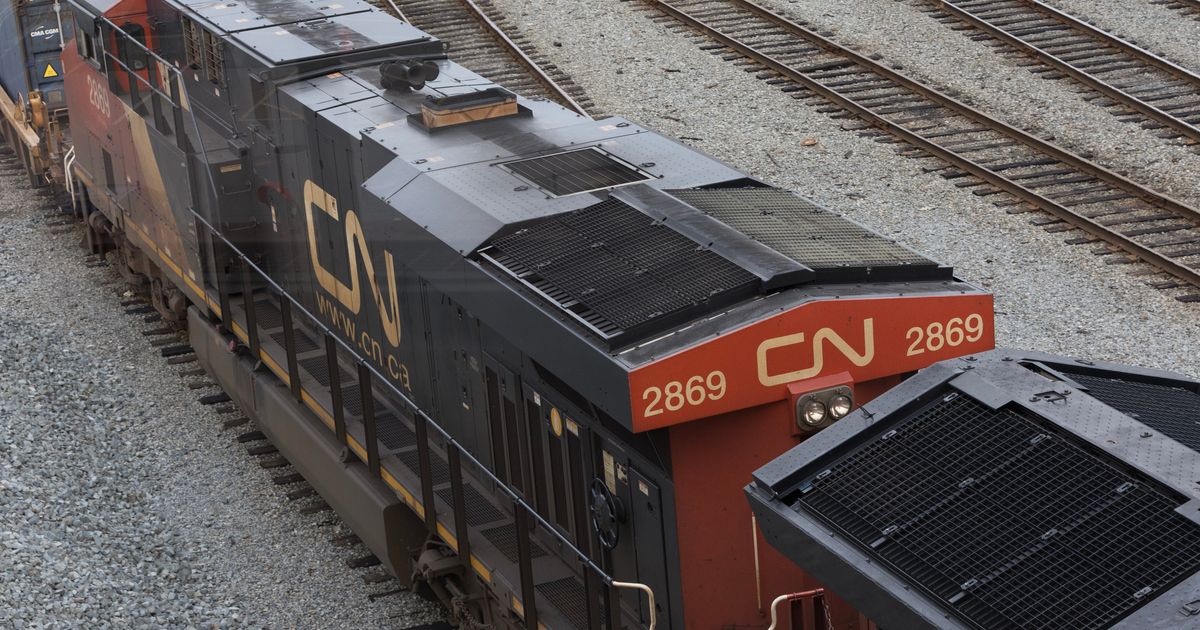Canada’s two largest railroads locked more than 9,000 unionized workers out of their jobs Thursday morning, shutting down the country’s rail freight lines with major implications for North American trade.
Canadian National Railway and Canadian Pacific Kansas City said they had decided to initiate the work stoppage after failing to reach a new agreement with the Teamsters Canada Rail Conference by a Thursday deadline. It’s not clear how long the shutdown might last, though there will be enormous pressure to reach a deal as quickly as possible.
The union says the railroads are seeking concessions from workers on scheduling and safety, while the railroads claim the union is making unrealistic demands. Their previous contracts expired in December 2023.
The Moody’s rating agency has estimated that the standoff could cost the Canadian economy up to $250 million a day, while a prolonged shutdown could strain supply chains in the U.S. as well. More than $9 billion in freight flowed between the two countries by rail in June, according to the U.S. Bureau of Transportation Statistics.
The railways and the union have spent months trying to negotiate a new agreement. Although the Canadian government has not yet intervened, it could still force the two sides into binding arbitration to resolve the dispute — an outcome the union says would give the railways the upper hand.
Andrew Chin via Getty Images
The Teamsters Canada Rail Conference said in a statement that the main obstacle to a deal is “the companies’ demands, not union proposals.”
“The railroads don’t care about farmers, small businesses, supply chains, or their own employees,” said Paul Boucher, TCRC’s president. “Their sole focus is boosting their bottom line, even if it means jeopardizing the entire economy.”
Canadian Pacific Kansas City said in a statement that it had been “committed” to avoiding a work stoppage.
“CPKC has bargained in good faith, but despite our best efforts, it is clear that a negotiated outcome with the TCRC is not within reach,” the railway said.
Meanwhile, Canadian National maintained that it had “no choice but to finalize a safe and orderly shutdown and proceed with a lockout.”
The dispute in Canada has echoes of a 2022 showdown between rail unions and major carriers in the U.S.
Like their counterparts in Canada, the American unions accused the railroads of trying to cut corners on safety and maintain grueling work schedules to boost profits. But President Joe Biden and Congress intervened to impose a deal and avoid a national strike, leaving many rail workers frustrated that they had lost their leverage.

